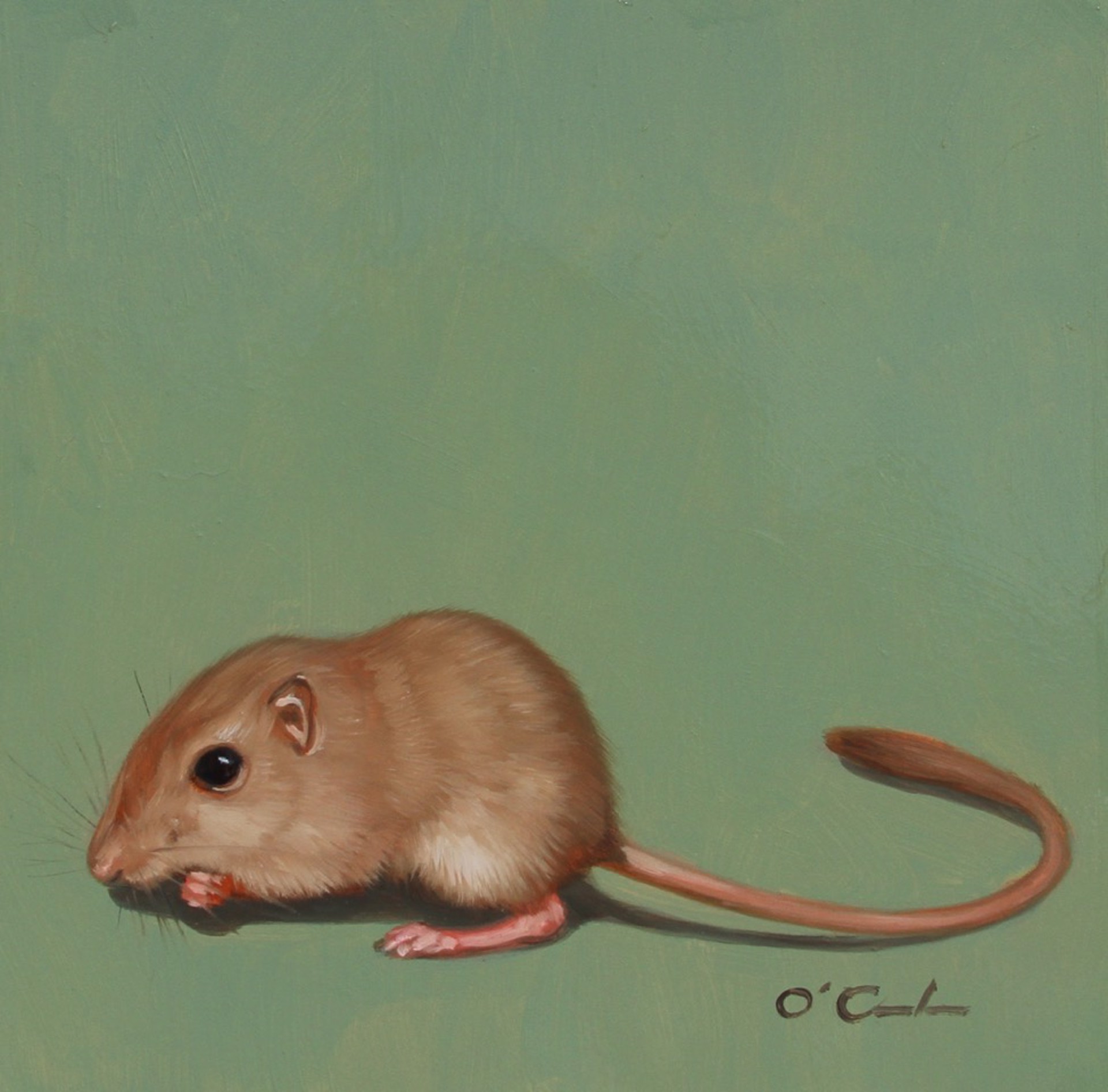

Merriam’s kangaroo rat is only about half the size of the banner-tailed rat The tail is black towards the end, but has a white tip. It is light brown or buff-colored with a white underside. Tailed kangaroo rat is one of the largest kangaroo rats, weighing up to 4H ounces (128 g). (Some other species have 5 toes.) They also have large heads with big eyes, small ears and external, fur-lined cheek pouches. Spanish names: ratón (pocket mouse), rata canguro (kangaroo rat) Distinguishing featuresĪll three of these kangaroo rats have long tails and large hind feet with 4 toes. Rock pocket mouse (Chaetodipus intermedius)ĭesert pocket mouse (Chaetodipus penicillatus)īailey’s pocket mouse (Chaetodipus baileyi)īanner-tailed kangaroo rat (Dipodomys spectabilis)Įrriam’s kangaroo rat (Dipodomys merriami)īaja California kangaroo rat (Dipodomys peninsularis) Long-tailed pocket mouse (Perognathus formosus) Little pocket mouse (Perognathus longimembris)Īrizona pocket mouse (Perognathus amplus) In this way many species of heteromyid mice and rats can share the same environment.

Merriam’s kangaroo rat, a creature of open, creosote flats, tends to dash from one clump of bushes to the next, overlooking seeds out in the open spaces, leaving those for other mice to find. Bailey’s pocket mouse, for example, climbs up into desert wash vegetation to find seeds and berries still on the plants, while the desert pocket mouse hunts along the ground in washes and open areas for seeds. They also have efficient kidneys that can conserve precious fluids by concentrating the urine.īecause there are many of these little rodents and they are closely related to each other, each species has evolved with different foraging times and places, which minimizes competition. They are all well adapted to living in arid environments since Kangaroo rats and pocket mice are all nocturnal, burrowing animals withĮxternal fur-lined cheek pouches for storing and transporting the seeds that are Despite their names, they are neither rats nor mice and in spite of their mouse-like appearance, they are not closely related to any other species of North American rodent.

No particular threats to this species have been identified, and the International Union for Conservation of Nature has listed its conservation status as being of " least concern".The heteromyids are a group of rodents consisting of kangaroo rats and pocket mice. In 1995, twenty years after the experimental removal, Bailey's pocket mouse moved into the area and filled the gap, almost completely replacing the missing kangaroo rats.īailey's pocket mouse varies in abundance between about two and eighty animals per hectare, depending on the amount of rainfall and hence on its food supply. In the 1970s, researchers removed kangaroo rats from an ecosystem in the Chihuahuan Desert, and for many years, no other small rodents moved in to fill the niche they left. Bailey's pocket mouse is the only known animal to be able to digest the wax found inside the jojoba nut and is the only rodent from the Sonoran Desert that is able to eat the seeds, because they are poisonous to most other mammals. Pocket mice feed on seeds which they carry in fur lined pouches on the outside of their cheeks, taking them back to their burrow for storage this arrangement is advantageous to the mouse as it prevents the seeds from getting wet as would happen if they were carried in the mouth. When the risk of predation by owls is high it tries to avoid crossing open ground between shrubs, especially on moonlit nights. When it ventures into the open to search for food it is cautious, remaining as far as possible under cover or in the shadow of plants. This pocket mouse lives in a burrow and is nocturnal. Males average 28.2 g (1.0 oz) while females average 24.5 g (0.86 oz).īailey's pocket mouse was first described by Clinton Hart Merriam in 1894 using a specimen collected by Vernon Bailey in Magdalena, Mexico on 3 November 1889. It is found in Baja California, Sinaloa and Sonora in Mexico and in California, Arizona and New Mexico in the United States.īailey's pocket mouse has an adult length of between 176 and 240 mm (6.9 and 9.4 in), males being larger than females. Bailey's pocket mouse ( Chaetodipus baileyi) is a species of rodent of the subfamily Perognathinae, family Heteromyidae.


 0 kommentar(er)
0 kommentar(er)
